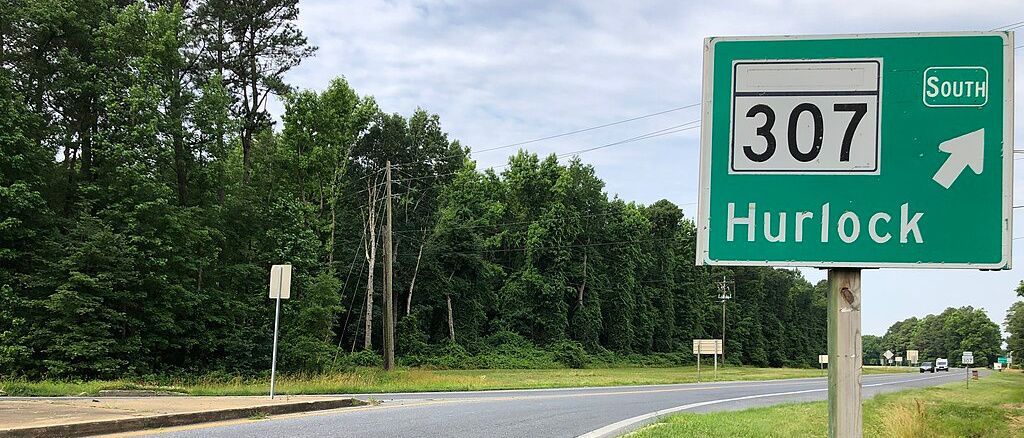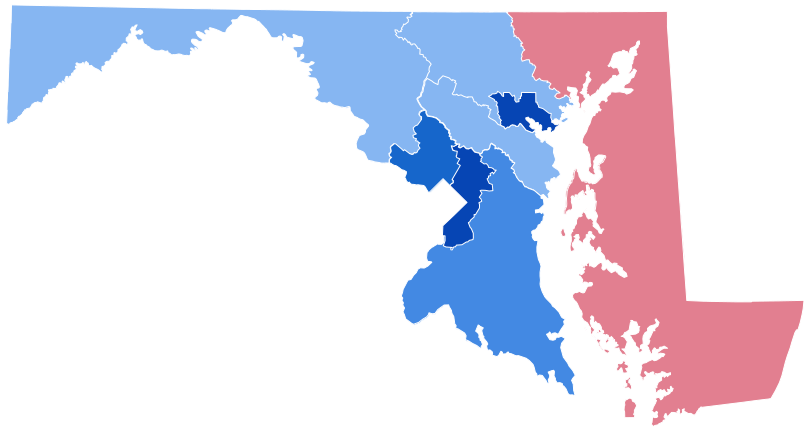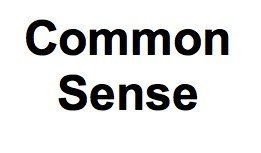Wildfires — We Have Them in Maryland, Too

Recently, wildfires seem to have spread like — well — wildfire!
Across the United States and Canada, the numbers, sizes, and duration of wildfires have increased in recent years, especially in western states. The wildfire in August of this year in Lahaina on the island of Maui in Hawaii was the deadliest U.S. wildfire in over a century.
We’re left with thousands of acres burned, homes destroyed, and communities evacuated.
As of mid-September, wildfires have burned over two million acres across the U.S. this year, an average of over five acres burned every minute!

If you look at the map above showing wildfire risk, most occur in the west and south of the U.S., but large parts of New Jersey and the Eastern Shore of Maryland are also in the zones for Moderate and Relatively High wildfire risk.
For 2023, there have already been over 44,000 wildfires reported in the U.S. Of these, 53 were considered major. Three of them are new, having started within the past few weeks and are ongoing. These statistics do not include the fires in Canada.
In 2023 for the first time, the Midwest and Eastern states in the U.S. have been hit hard with multiple bad air-quality days from smoke carried south by the wind from the forest wildfires in Canada. Smoke and haze from Canada were clearly visible in Maryland, including on the Eastern Shore. On the haziest days last June, fire alarms went off inside some houses as soon as doors or windows were opened.
Clearly, we are affected by wildfires from far away, but what about wildfires in our state? Maryland, it turns out, has quite a few wildfires. And the Eastern Shore has a large percentage, sometimes the majority, of the larger fires.
Maryland averages 5,000 wildfires per year, according to the Maryland Department of Natural Resources. Most of them are less than 10 acres, with most in or near urban areas in the center of the state and are extinguished quickly.
Still, these fires result in lost lives, scorched land, and destroyed property. A few need more time, equipment, and firefighters. The Maryland Forest Service responds to or joins the efforts in about 200 wildfires each year. The service has special equipment and trained personnel that are often needed in the larger fires, especially on state lands or in hard-to-reach places.
Only 4% of wildfires are caused naturally, mainly by lightning. The other 96% is from various human activities. Burning debris is a leading cause, about 30%. Arson accounts for 23%. Campfires come in at around 6% while dropped cigarette butts start another 5%. Equipment problems result in around 10% of Maryland’s wildfires. Other causes include children playing with fire (5-6%), sparks from railroads (1%), fireworks, and downed electric wires.
According to the Union for Concerned Scientists, hotter and longer fire seasons can be traced to the use of fossil fuels:
“Coal, oil, and gas companies are now directly linked to worsening forest fires across the western United States.
A peer-reviewed study from the Union of Concerned Scientists found that 19.8 million acres of burned forest land — 37% of the total area scorched by forest fires in the western United States and southwestern Canada since 1986 — can be attributed to heat-trapping emissions traced to the world’s 88 largest fossil fuel producers and cement manufacturers.
Emissions from these companies and their products also contributed to nearly half of the increase in drought- and fire-danger conditions across the region since 1901.”
For the fires handled by the Maryland Forest Service in 2021, the Eastern Shore had more wildfires and more acres burned than the four other regions of the state. In 2022, almost half (47%) of the larger wildfires in Maryland were on the Eastern Shore as well as almost all (96%) of the acres burned in those wildfires. in 2015, a peak year state-wide for wildfires, the Eastern Shore had 30% of all fires handled by the Forest Service. However, that 30% was 77% of all acres burned that year in Maryland. The Eastern Shore contains 49% of Maryland’s forested acres and 99% of marshland.
The charts below do not include numerous, generally smaller, wildfires extinguished by local fire departments. They represent only the larger fires where the Maryland Forest Service was involved. The Eastern District includes all of the nine Eastern Shore counties except Cecil.
Wildfires have increased everywhere for several reasons. More people are moving into drier, fire-prone areas between urban and wild land areas. Climate change brings hotter, drier, longer summers with higher winds. In recent years, many states have suffered droughts or significantly less than usual rainfall, including Maryland. Parts of the Eastern Shore have had considerably less rain in recent years.
Wildlife is affected by loss of life and habitat. Thousands of birds have died in the heat and wildfires of Canada and the U.S. This loss decreases the numbers of birds migrating along the Atlantic Flyway, which passes directly through Maryland and the Eastern Shore and provides bountiful hunting and food as well as natural beauty.
Whether wildfires are large with huge crown fires producing continent-wide smoke pollution or just a local wildfire in a farmer’s field or a small patch of woods, the dangers and ill-effects are the same. While not affecting as many people as in the larger western state and Canada, wildfires in Maryland still result in a significant physical and financial harm to individuals and communities.
References and more information:
Fire, Weather & Avalanche Center, Wildfire Dashboard
https://www.fireweatheravalanche.org/wildfires/dashboard
Maryland Department of Natural Resources, Wildland Fire Management
https://dnr.maryland.gov/forests/Pages/fire/index.aspx
Maryland Department of Natural Resources, Wildland Fire in Maryland
https://dnr.maryland.gov/forests/Pages/wfm.aspx
Tanya Lewis, “How Wildfires Kill People,” August 11, 2023, Scientific American
https://www.scientificamerican.com/article/how-wildfires-kill-people/
Andrea Thompson, “What Caused Maui’s Devastating Wildfires?” August 9, 2023, Scientific American
https://www.scientificamerican.com/article/what-caused-mauis-apocalyptic-wildfires/
Daniel Cusick, “U.S. Wildfires Threaten More People Than Ever,” July 10, 2023, Scientific American
Mojtaba Sadegh, “Maui’s Deadly Wildfires Are a Reminder of Growing Risks,” August 10, 2023, The Conversation US
https://www.scientificamerican.com/article/mauis-deadly-wildfires-are-a-reminder-of-growing-risks/
Kristina Dahl, et al, “The Fossil Fuels Behind Forest Fires,” May 16, 2023, Union of Concerned Scientists
https://www.ucsusa.org/resources/fossil-fuels-behind-forest-fires
Jane Jewell is a writer, editor, photographer, and teacher. She has worked in news, publishing, and as the director of a national writer's group. She lives in Chestertown with her husband Peter Heck, a ginger cat named Riley, and a lot of books.
Common Sense for the Eastern Shore











